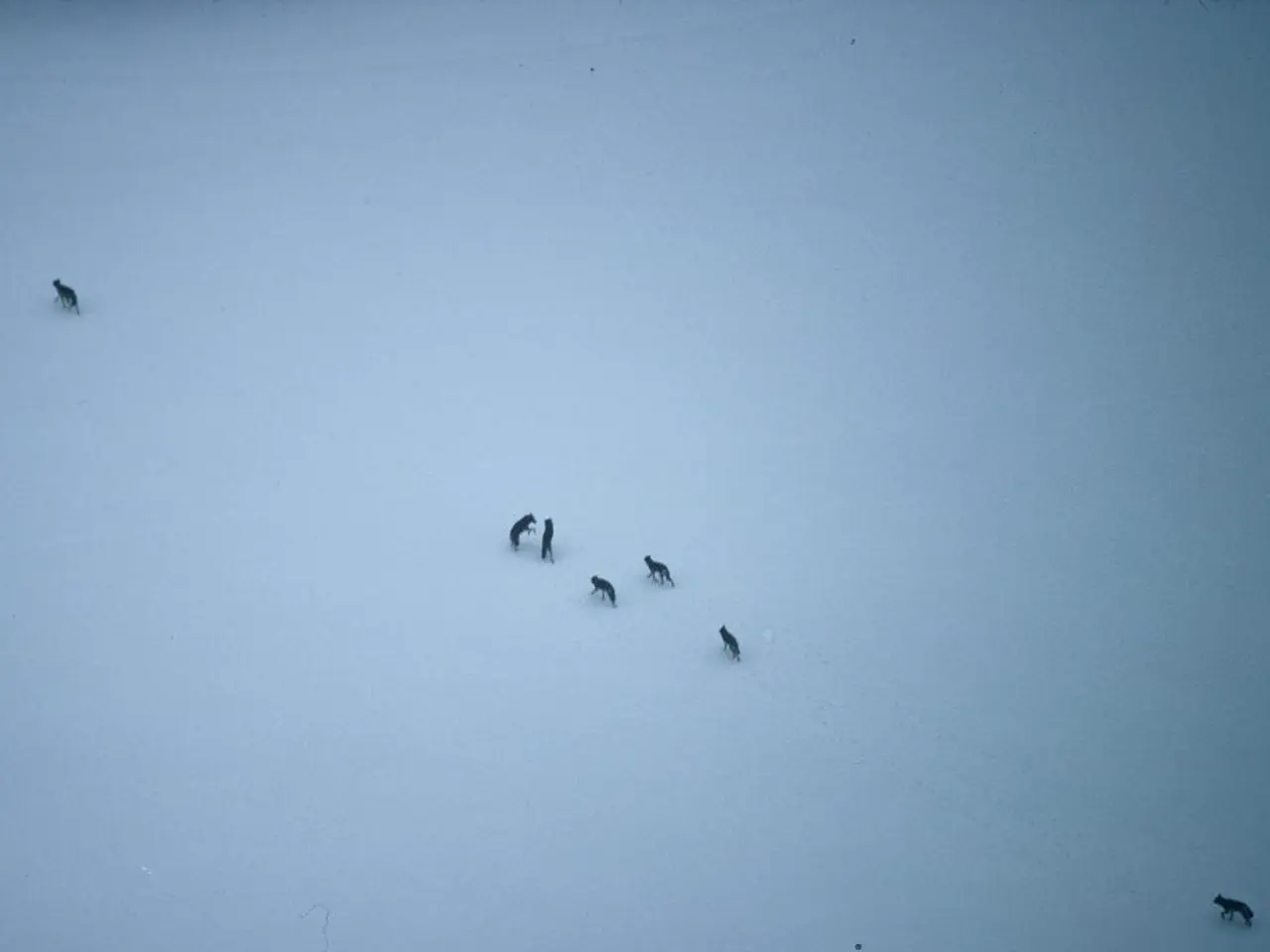Remote Ladakh Valley Wildlife Revival Tale Qtied to World Nature Conservation Day 2025
In the heart of the Markha region in Ladakh, a remote and beautiful valley has undergone a remarkable transformation. Once a place where scarcity drove people to hunt, the Markha Valley is now a thriving haven for wildlife, attracting tourists and wildlife conservationists from around the world.
Over two decades ago, the people of Markha Valley lacked access to basic necessities and had limited knowledge of traditional farming methods. The scarcity of food led to a decline in the populations of animals such as blue sheep, deer, and ibex, as hunting became a means of survival.
However, this narrative began to change with the arrival of Sonam Nurboo, a resident of Markha Valley, who became a councilor in 2015. He made wildlife conservation a priority and worked tirelessly to bridge the gap between the community and conservation efforts.
Sonam Nurboo's journey in wildlife conservation began early. He worked as a guide at Annapurna Base Camp in Nepal in 1996 and as a storekeeper in Darjeeling. His experiences laid the foundation for his future work in Markha Valley.
One of his most significant contributions was collaborating with the Agriculture Department to train farmers in various farming methods, aiming to increase food production and reduce the need for hunting. Access to new technologies like greenhouse farming enabled people to grow food during the winter, further reducing the pressure on wildlife.
Infrastructure improvements, such as paths and roads to the villages of Sumda Chun, Rumbak, and Sumda Chenmo, were also made to promote wildlife tourism. Tourism has brought prosperity to the villages in the Markha region of Ladakh, with homestays providing a steady source of income.
The stability of the wildlife population in Markha Valley is due to various socio-economic factors. Awareness programs, influence from younger generations, and teachings from Lamas promoting a non-violent lifestyle have played significant roles.
Lamas and Rinpoches were among the earliest influencers who preached against the killing of animals and promoted living in harmony with all beings, a core principle of Buddhism. Meat and tsampa (flour made from roasted barley) became the staple diet in Markha Valley, but today, the valley boasts a thriving population of blue sheep, ibex, wolf, deer, and snow leopards.
Tourists and wildlife conservationists visit the Hemis National Park in Markha Valley between December and March each year for snow leopard sightings. The reduction in the number of snow leopards, their natural predators, was a result of the decline in the populations of other animals due to hunting.
Today, the Markha Valley, located in the Markha region of Ladakh, is a beacon of harmony between humans and wildlife. The story of Markha Valley serves as a testament to the power of community-based conservation, reduction of livestock grazing pressure, awareness programs, and sometimes compensation schemes for livestock losses in restoring balance between humans and wildlife.
While the specific details of the restoration of balance and the end of conflict between humans and wildlife in Markha Valley are not extensively documented, it is clear that Sonam Nurboo's efforts and the collective action of the community have played a significant role in this remarkable transformation.
The educational journeys of Sonam Nurboo, which included work in environmental science and experiences in industries like sports and tourism, paved the way for his contributions to the environmental-science sector in Markha Valley. Through his work, he advocated for increased access to education-and-self-development opportunities and encouraged lifestyle changes that lowered the demand for hunting and fostered a respect for wildlife.
The positive consequences of these socio-economic changes in Markha Valley were evident in the thriving lifestyles and economic growth of the region, as well as the growing populations of numerous species, including blue sheep, ibex, wolf, deer, and snow leopards. This relationship between human well-being, environmental conservation, and wildlife prosperity serves as a model for other communities worldwide.




